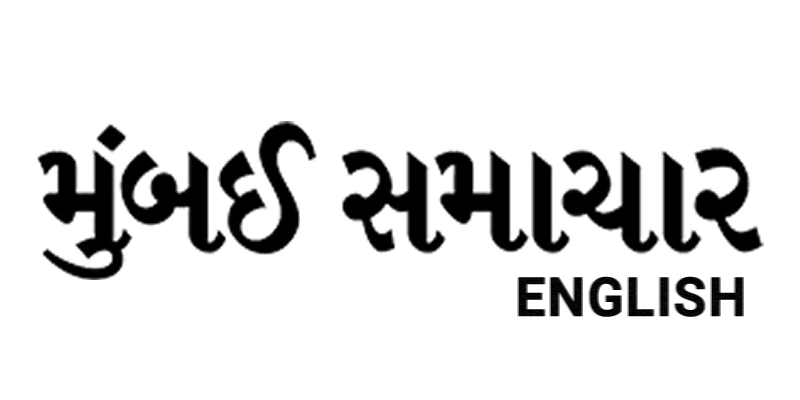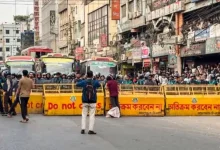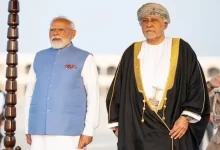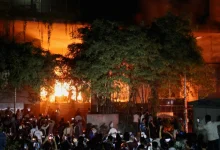Robert Francis Prevost Elected First American Pope, Takes Name Leo XIV
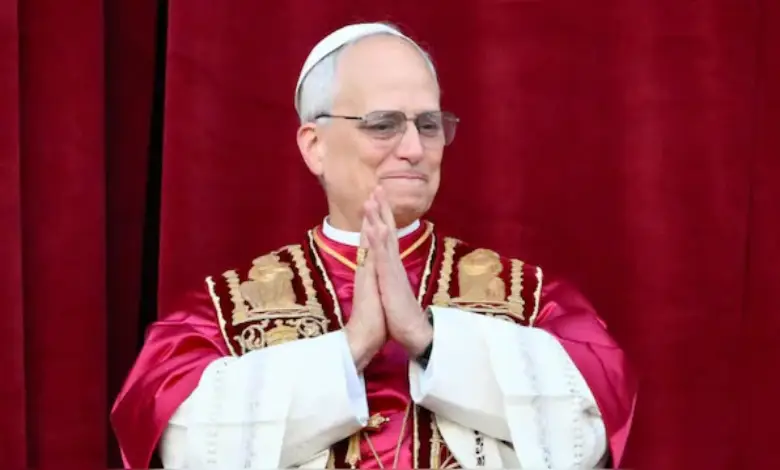
In a historic moment for the Catholic Church, Robert Francis Prevost has been elected as the first-ever pope from the United States, choosing the name Leo XIV. The announcement came Thursday after two days of voting by cardinals gathered from around the world. Prevost will now lead the Church’s 1.4 billion followers as its 267th pontiff.
The election result was marked by the traditional white smoke rising from the Sistine Chapel and the ringing of church bells across Rome. A jubilant crowd filled St Peter’s Square, cheering as Prevost stepped onto the balcony of St Peter’s Basilica, smiling, bowing, and greeting them with, “Peace be with you.”
Prevost succeeds Pope Francis of Argentina, who passed away last month at the age of 88. Francis was known for pushing a more inclusive and compassionate vision for the Church, though he faced backlash from conservative circles for his progressive stance on various issues.
As the new pope was presented to the public in Latin, emotions ran high among onlookers. “It’s an amazing feeling,” said Joseph Brian, a Northern Irish visitor in Rome. “I’m not overly religious, but this moment is unforgettable,” he told AFP. The atmosphere turned celebratory with flags waving, people chanting “Viva Il Papa!” and many capturing the occasion on their phones.
Bruna Hodara, a Brazilian citizen, echoed the Latin phrase “Habemus Papam” – meaning “We have a pope” – as the announcement was made. A 15-year-old German attendee, Florian Fried, called witnessing the event a “once-in-a-lifetime” experience.
Prevost now faces several significant challenges, including unifying a divided Church, addressing the fallout from clerical abuse scandals, and asserting the Vatican’s moral authority amid escalating global tensions.
The conclave that elected Prevost was the most diverse in history, comprising 133 cardinals from five continents. These cardinals, bound by strict secrecy under threat of excommunication, began their vote Wednesday afternoon. While initial smoke signals on Wednesday and Thursday were black, indicating no decision, white smoke emerged shortly after 6:00 PM local time Thursday, signaling a successful election.
Although the exact number of ballots remains undisclosed, the process concluded in under two days, consistent with recent papal elections. For context, Benedict XVI was chosen in four rounds in 2005, while Francis was elected after five rounds in 2013. A two-thirds majority is required for a candidate to be elected.
Tradition holds that the newly elected pope first enters the “Room of Tears” to gather himself and change into papal attire before rejoining the cardinals for their oath of allegiance. He then reappears on the basilica balcony to deliver a brief address and his first “Urbi et Orbi” (To the City and the World) blessing.
Prevost’s selection comes during a time of intense geopolitical instability and internal Church divisions. With Pope Francis having appointed 80 percent of the cardinal electors, expectations leaned toward a reform-minded successor. However, the conclave had to balance choices between liberal and conservative, diplomat and pastor, insider and outsider.
Before being sequestered, Cardinal Giovanni Battista Re, dean of the College of Cardinals, emphasized the importance of electing a leader who could preserve Church unity during this complex historical period, marked by global conflict and political polarization.
The Church also faces internal struggles, including waning clergy numbers and declining attendance in many Western nations. The official inauguration mass is expected to take place within a week, attended by global religious and political dignitaries. The new pope will likely ride through St Peter’s Square in the popemobile and deliver a homily laying out his vision for the papacy.
